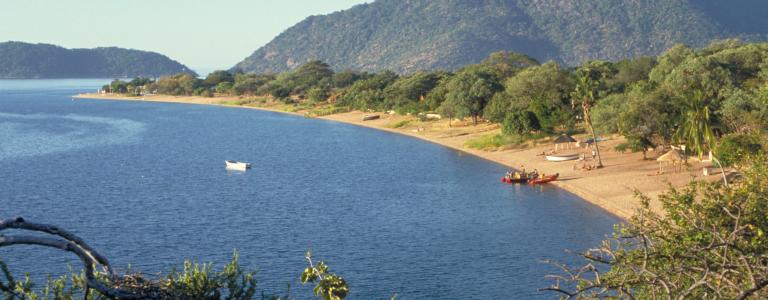Conservation and Migration in the Great Lakes Region of Africa
Migration has been used for centuries as a means of adapting to and coping with change in the Great Lakes region of Africa.
The livelihood and natural resource management strategies that are adopted throughout the migration process can have a range of impacts on ecosystems and the livelihoods they support. For a region already experiencing myriad forms of natural resource and climate stress, the growing socio-environmental impacts of migration could incubate or reinforce existing social tensions and institutional failures, further threatening critical ecosystems and livelihoods.
This project aims to improve the protection and sound management of the natural resources and critical ecosystems that sustain livelihoods in the Great Lakes region of Africa, an area that is experiencing significant pressures from human migration. To achieve this objective, IISD is collaborating with the Conservation Development Centre, the Wildlife Conservation Society and the Frankfurt Zoological Society to research migration and conservation issues, conducting three main activities:
- Developing a draft migration impact assessment methodology to help conservation, development and humanitarian actors assess migration impacts on critical natural resources and ecosystems, and to design practical policies and responses to reduce them.
- Developing case studies examining the impacts of migration on critical ecosystems in the Great Lakes region to test the methodology. Case studies have been carried out in the Bale Mountains of Ethiopia, the Lake Albert ecosystem in Uganda and the Misotshi-Kabobo landscape of the Democratic Republic of Congo to illustrate the relationships among migration, livelihoods and natural resource management impacts, and to identify site-specific strategies for managing these impacts.
- Finalizing the migration-conservation toolkit designed to help conservation practitioners address the impacts of human migration on critical ecosystems. The toolkit, based on the draft assessment methodology and refined through the case studies, will be published and disseminated in both hard and soft copies to conservation practitioners in the field.
Latest
You might also be interested in
Climate Adaptation and Protected Areas Initiative
A new initiative will use nature-based solutions to support local communities in adapting to climate change while safeguarding critical ecosystems in and around protected areas.
Sustainable Food Systems in Canada
In 2021, a team of IISD experts completed an internal exercise that sought to map out a path for sustainable food systems in Canada.
IISD Next: Campus Workshop Series on Sustainability
We've joined forces with young leaders to create clear, credible resources that directly confront the realities of our present and our future.
Lower Winnipeg River Basin: An opportunity to improve the health of our waters
The Winnipeg River and its basin present an economic opportunity—conserving the clean and clear waters can grow the tourism industry of the region, while reaffirming the social licence of resource industries can enhance collaboration and understanding between water users.



